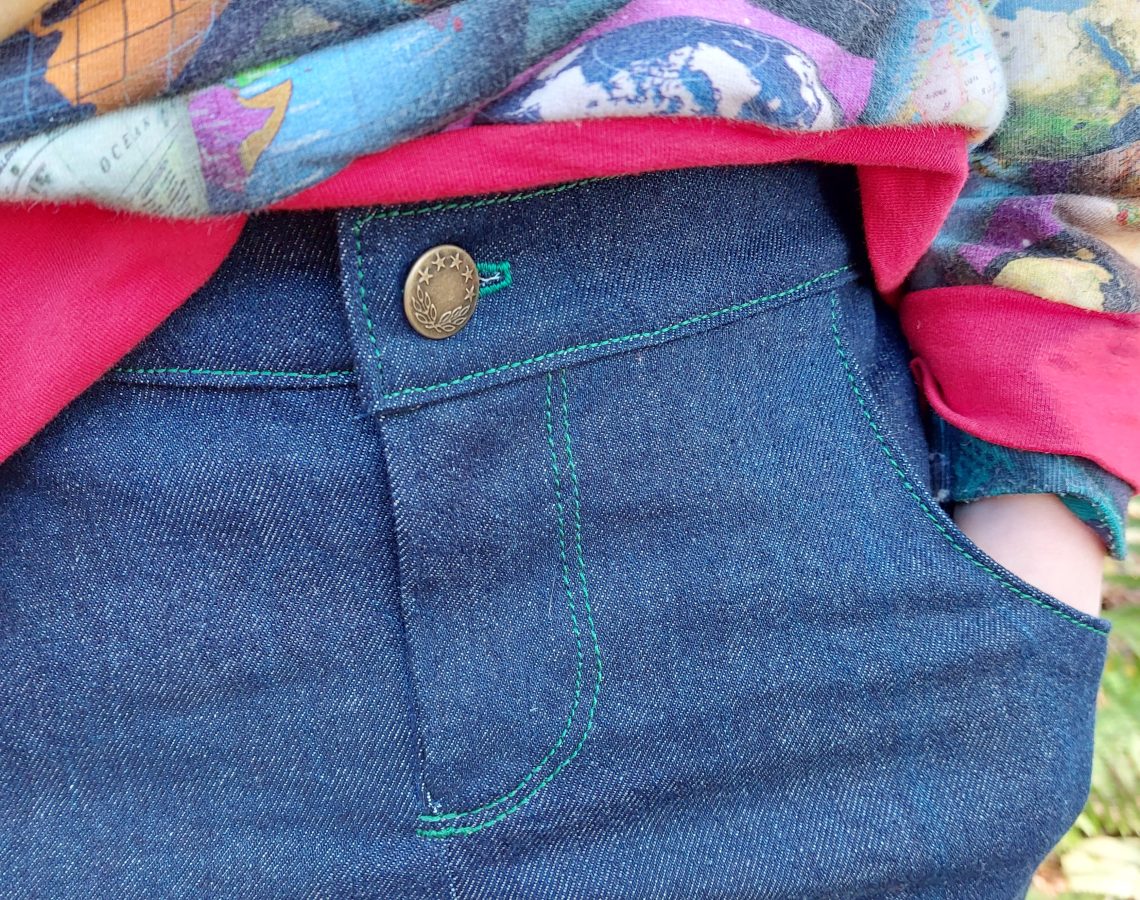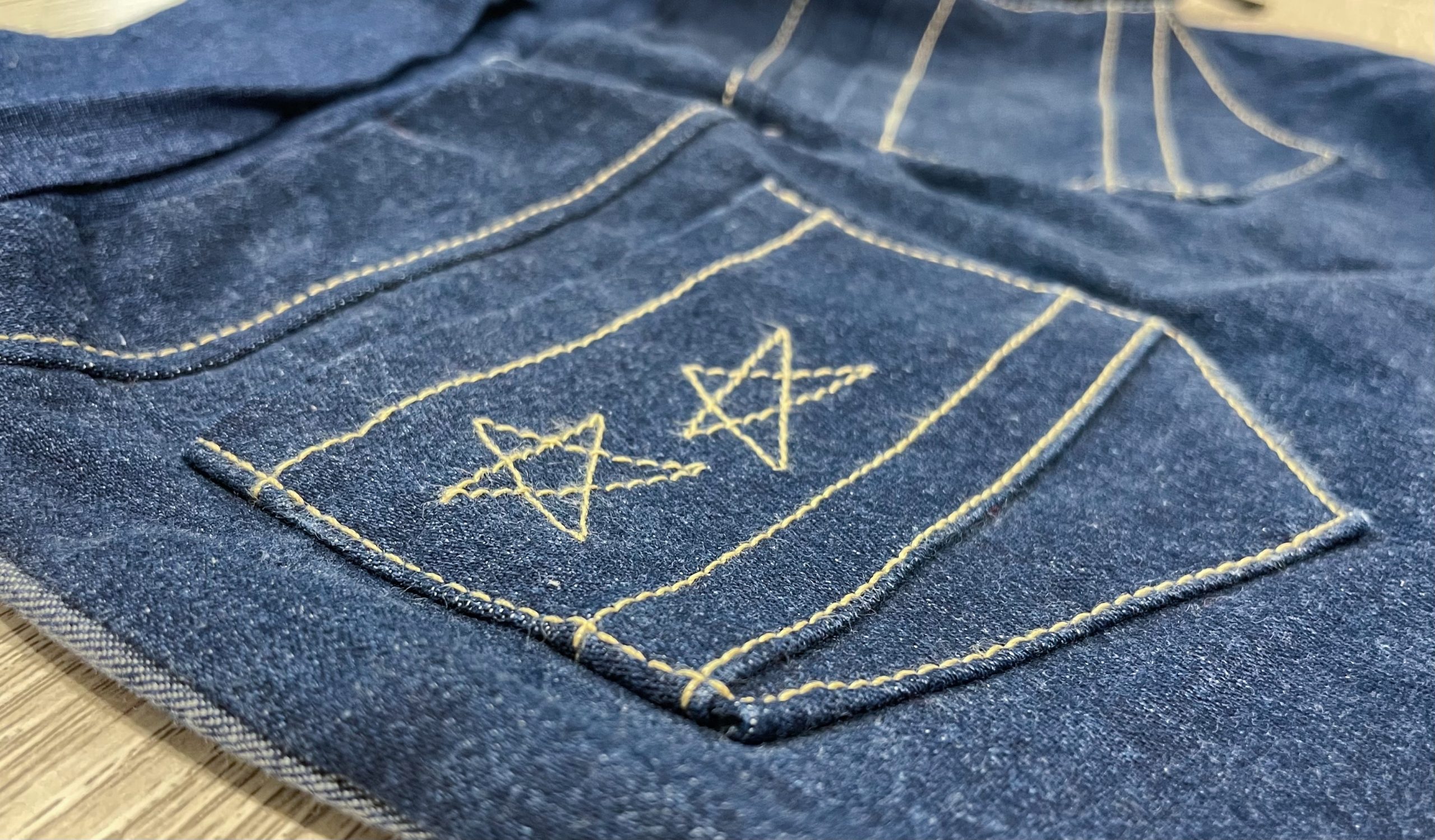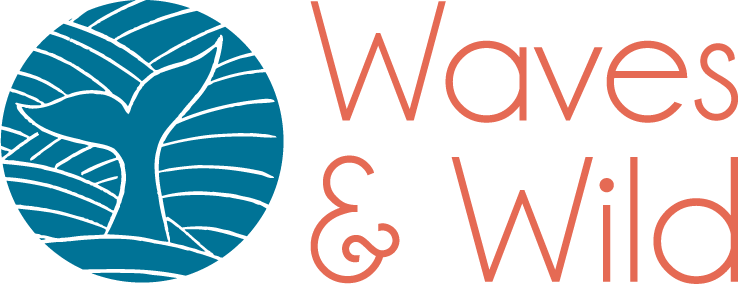Sewing with Denim

Before we look at some tips for sewing with denim, let’s talk about what denim actually is. First of all, what is the difference between denim and jeans? That’s an easy one…denim is the fabric and jeans are the garment! But of course that’s not to say you can only make jeans with denim, it’s actually a really versatile fabric when you know how to use it and works for lots of different types of patterns from trousers and dungarees, to hats and slippers. Denim comes in a variety of colours and weights and is available as stretch (with varying degrees of stretchiness) or non-stretch fabric. It can be quite prone to the dye bleeding so it’s a good idea to pre-wash denim fabric before making a garment; this will also help to soften the fabric a little if it feels rigid.
Preparing to sew with denim
Denim fabric frays easily; using a very sharp tool, whether that’s fabric scissors or a rotary cutter, to cut out your pattern pieces will help to reduce the fraying.
As denim is generally a heavier fabric, be sure to use a suitable needle in your sewing machine. Choose a Denim/Jeans needle in size 90/14 or 100/16 for thicker denim.
Heavier fabric can be ore difficult to sew and manoeuvre through a sewing machine so take it slow!
Depending on the weight of the denim you are using, it might be better to only cut one layer at a time.
Turn up the heat on your iron. Denim is a strong and sturdy fabric so it can take hot heat and putting your iron on a higher setting with help to press crisper seams in this thicker fabric.
Sewing with denim
I’ve already mentioned that denim frays and even if the fabric is cut with the sharpest tool, the edges will continue to fray as the garment is worn and washed. There are a few different ways to prevent this happening or, at the very least, stop it happening too much:
- use an overlocker/serger to finish the seam edges
- use a sewing machine zigzag stitch to help finish the seam edges
- functional topstitching that holds the raw seam edge in place on the inside of the garment will help a little with fraying by stopping the fabric edge from fraying too much

As denim is a thicker and heavier fabric in general, depending on the type of garment you are making you may have some very thick areas to sew due to there being quite a few layers of denim in one place. These areas might appear on features like pockets, belt loops and waistbands. When sewing over many layers of denim its even more important to go slowly and you might even find it works better if you hand turn the needle on your sewing machine.
Getting a neat finish on denim
Topstitching on any garment is a great way to get a neat finish and to add a bit of extra interest at the same time. Topstitching on denim garments is very common because it gives that “jeans look” plus, as I’ve mentioned earlier, it can help to prevent fraying on the inside too. If the pattern you are using calls for topstitching (or edge stitching) then definitely don’t miss out this step as it’s likely to be for both style and function.
Continue to use the Denim/Jeans needle in size 90/14 or 100/16 for thicker denim, or you can even swap to a topstitching needle, so that the needle can get through all the denim layers, and increase your stitch length too. You can use a topstitching weight thread (heavier than regular thread) or regular thread but the topstitching weight will stand out more and the regular thread will blend into the fabric…it really depends on the look you want! But since topstitching thread is designed to be strong, if your denim garment with be well-worn then it’s probably a good idea to have the extra strength of a topstitching thread.

Patterns that can use denim
If you fancy tackling a project using denim, the following Waves & Wild patterns specifically mention it in the supplies list:
AJ Aviator
Back to Cool Backpack
Fell and Dale Flat Cap
Fireside Slippers
Heyday Dungarees (child)
Heyday Dungarees (ladies’)
I Dig Dungarees
Penelope Pinafore
Penny Pinny
Storybook Cape
Twist & Shout Trousers

Leave a Reply